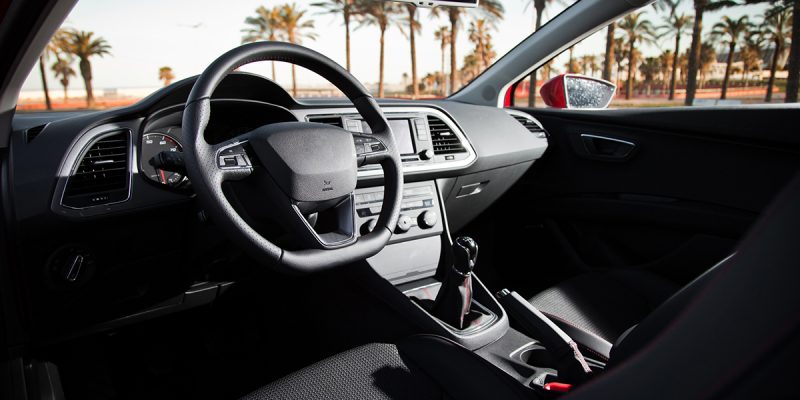Texturing is widely used in molding plastic parts. It’s the difference between a perfectly smooth part (aka “polished”) and one which has a textured surface (rougher) for tactile reasons or visual appeal.
Examples of textured plastic parts might be your computer mouse, the case for your computer, your car’s dashboard, its steering wheel, the armrests on your auto doors or office chair, milk jugs, caps for cosmetic products, the handle on your handgun, casing for medical equipment, and much more. Textured plastic parts are everywhere.
Molds for these textured parts are very expensive to produce. The texture inside the mold is usually acid-etched (acid is applied directly to the surface) or laser-etched (a similar process to engraving). If the textured surface of the mold is damaged, that change is very obvious in the part produced by the mold, even damage as minute as a few thousandths of an inch. And textured molds are easily damaged – even an errant screwdriver tap can damage the surface.
Parts from a damaged mold are trashed since the defects are so obvious. The manufacturer has a choice then of either trashing the entire component and having another made (extremely expensive) or repairing the mold, which can be done by traditional TIG welding or laser welding.
TIG welding vs Laser welding in repairing a textured mold
Repairing the mold is very intricate and requires a high level of skill, but it is vastly less expensive than trashing it and creating another from scratch. In some cases, the texture must be polished off, the mold repaired, and then new texture applied.
TIG welding is frequently employed in textured mold repair, but TIG welding poses problems. First, the welder must match the hardness of the base metal of the mold to the alloy used for the welding. Then the welded surface is heat-treated up to 3 times and machined. Throughout the TIG welding and tempering, the hardness of the base metal may change from the applied heat – the base metal changes to 440 for instance and the applied weld metal is 420. While this change won’t be visible to the naked eye, it’s a problem for the acid used for texturing. Even if the hardness of the metals is slightly different, when acid is applied to re-texture the mold, the difference will be visible in the molded part, as the acid affects different hardnesses at different speeds.
When repairing the mold with laser welding, it’s much more accurate. The laser technician can adjust the weld as they go and mimic the texturing. They don’t have the visual limitations (arc and welding shield) of TIG welding. Also, the hardness of the base metal isn’t affected as the laser produces heat in a highly focused area and not beyond. Naturally, this is not a foolproof process and requires enormous technical skill on the part of the laser technician. The TIG weld, because of its high heat input, can actually change the structure of the metal, and cause changes in hardness, not only on the surface but also below the weld in the Heat Affected Zone (HAZ). Laser welding also quenches at a much more measurable rate, allowing experienced laser welders to know exactly how hard they should expect the welded material to be.
For instance, a manufacturer came to us with a mold for a woodgrain door. Many doors sold at home centers are made from plastic, with a woodgrain look imparted by the textured mold. This company’s marketing department wasn’t satisfied with the depth of the woodgrain and didn’t think consumers would buy it – it wasn’t close enough to the real thing.
Our laser welding technician added material to the woodgrain texture so it would cut deeper into the molded plastic. And no machining was required after the weld. This adjustment of the mold was much less expensive for the manufacturer than producing a new mold from scratch.
Laser welding offers many advantages in repairing textured molds rather than using TIG welding or completely trashing the mold and building another.

